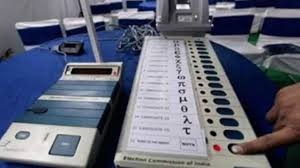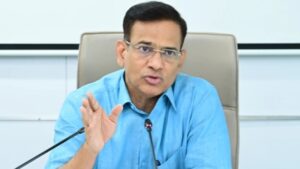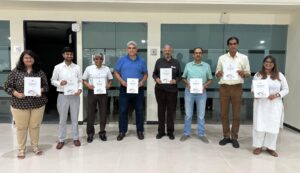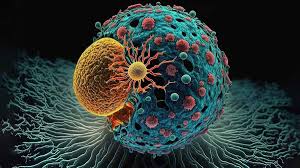Pune: Voter Population Soars in Past Seventy-Three Years

Pune: Voter Population Soars in Past Seventy-Three Years
Pune’s voter base has grown over elevenfold since the first Lok Sabha elections in 1951, reflecting the area’s rapid development and increased political division into more constituencies. Originally, Pune District was divided into just two Lok Sabha constituencies: Pune Central and Pune South, with a combined voter count of about 766,000. However, by the 1957 elections, the district had been reorganized to create three constituencies, expanding to include Baramati and Khed due to population growth and urban development.
Significant changes in Pune’s demography and administration occurred after the Panshet Dam burst in 1962, causing severe damage to central Pune and prompting new residential developments in areas like Dattawadi and Maharshinagar. Further expansion was driven by a severe drought in 1972, which brought many people from rural Maharashtra to Pune, leading to the establishment of new settlements such as Hadapsar and Sahakarnagar.
The industrial and educational expansion also contributed to the growth of the voter base. The establishment of sugar factories and agribusinesses, particularly in the Baramati area, along with a burgeoning network of educational institutions, fueled population growth and diversified the economy. Additionally, Pune became a hub for students from various regions due to the proliferation of educational opportunities, leading to the development of suburban and border areas.
By 2009, the growth and diversification had prompted the formation of new Lok Sabha constituencies, Maval and Shirur, to better represent the increased population. The 2024 elections recorded a total voter count of approximately 8.1 million in four constituencies: Pune, Baramati, Maval, and Shirur. Despite a slight decrease in Pune’s constituency voters due to the cleanup of voter rolls, the overall trend shows significant growth.
The geographical and administrative boundaries of Pune have expanded dramatically, from 110 square kilometres to over 500, turning Pune into a burgeoning metropolitan area with a diverse and growing electorate. This expansion has not only increased the voter count but also transformed Pune into a dynamic urban centre in the region.








